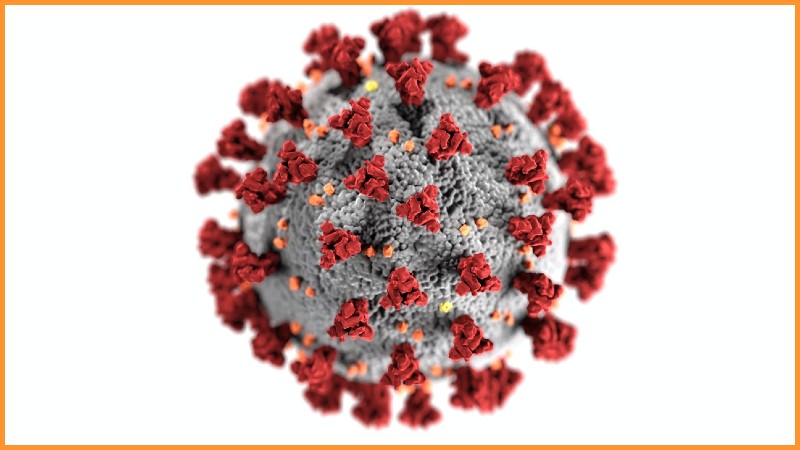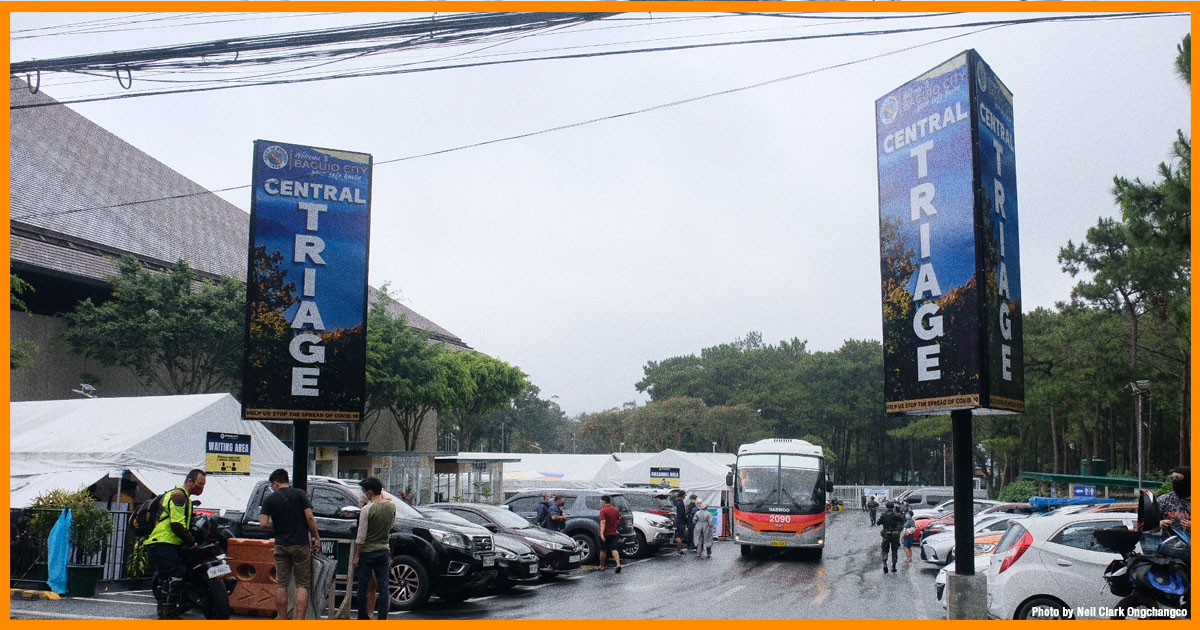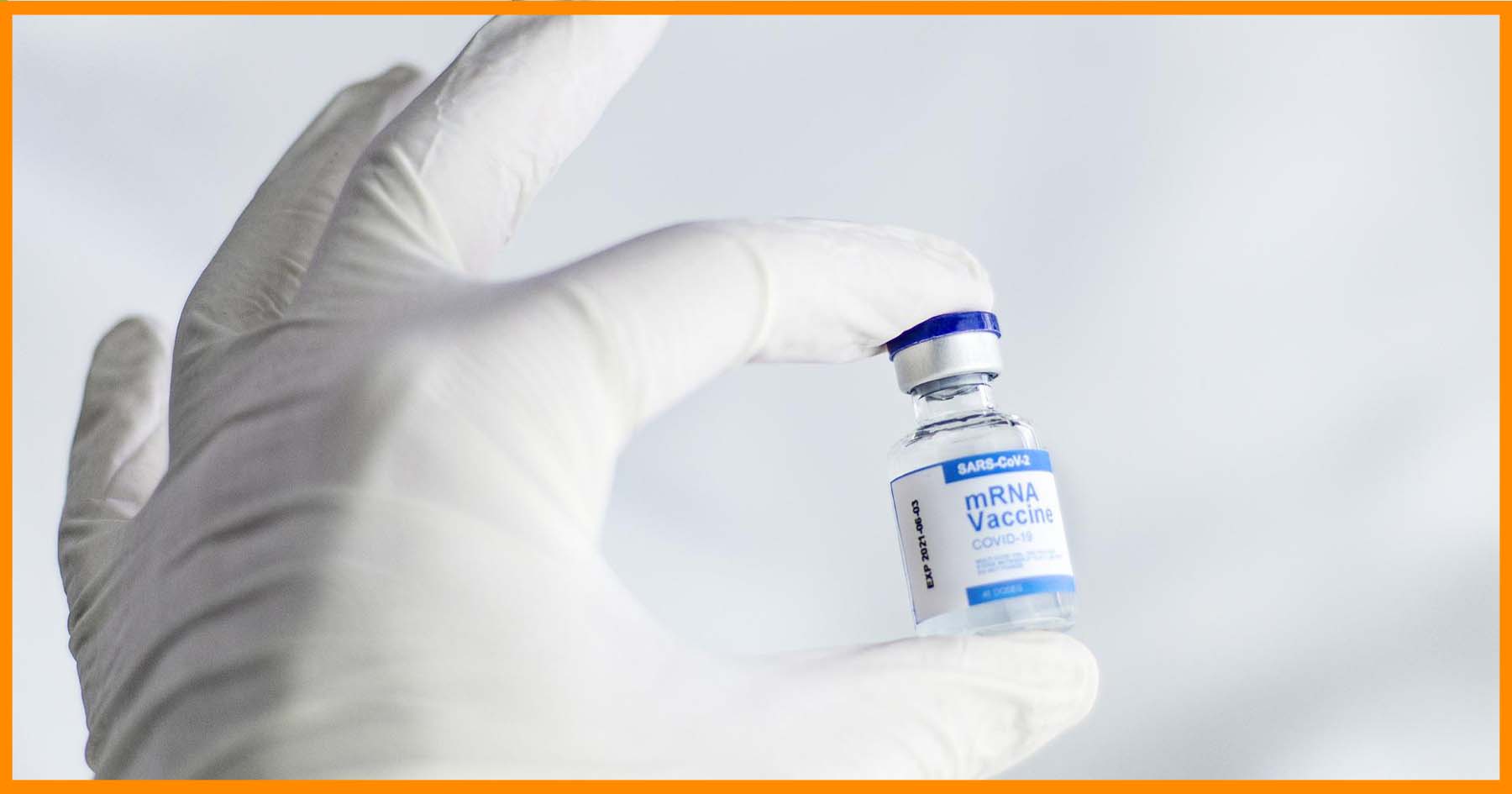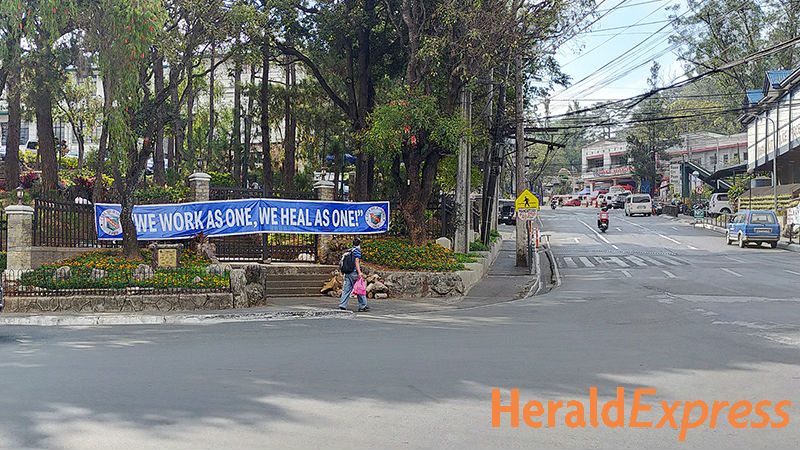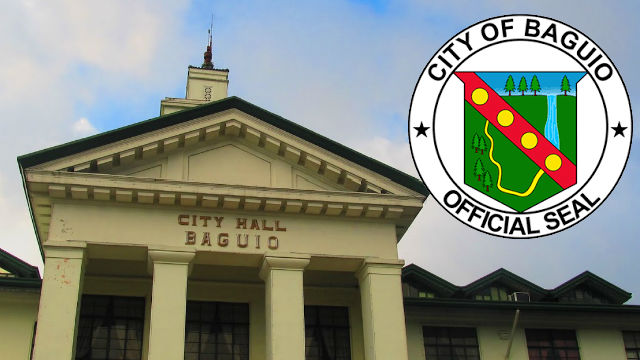Coronavirus disease cases in the city will continue to peak until next week amid the surge believed to be caused by the highly infectious omicron variant.
Mayor Benjamin Magalong told the Management Committee meeting on Jan. 18 that last week and this week are critical period in the current wave where cases were expected to further rise and reach the highest point.
“After reaching the peak, we expect to attain and maintain a plateau for another two weeks before hopefully going on a downtrend,” the mayor said.
The city’s cases had exceeded the 500 mark on Jan. 13 and 14 and hit 613 last Jan. 15. On Jan. 18, the tally was 646, the new highest number of cases in a day.
The mayor however said the situation remains under control with the city’s action plan and its 22 key measures activated to address the contingencies.
He said one bright spot in the fresh wave believed to be caused by the highly infectious omicron variant is the low number of severe and critical cases.
“There is less hospitalization and less demand for oxygen and critical medicines than during the delta variant time,” he said.
The number of cases however remains overwhelming with the average daily cases running to 403 as of Jan. 17.
The mayor said the city’s case reproduction number shot up on two occasions – 2.8 last Dec. 28 and to 3.5 last Jan. 3.
City Health Officer Dr. Rowena Galpo reported that the case positivity rate rose to a whopping 44.10 percent in week Jan. 9-15 from 22.5 percent in week Jan. 2-8 after the number of cases hiked from 927 to 2,475.
The weekly infection growth rate went down to 5.19 percent from 8.74 percent but remained way above the threshold of 1.
The average daily attack rate (ADAR) climbed to 61.3 from 12.3 and the two-week growth rate decreased to 1,305 percent from 1,977 percent.
Hospital care utilization rate was at 71.47 percent from 57 percent while isolation facility bed occupancy was at 71.35 percent with 670 of the 939 beds in use.
With its high ADAR (61.3 against the threshold of 7) and high TWGR (1,305 percent or way above the 200 percent), the city’s epidemic risk level was at critical risk.
Testing was ramped up as the city conducted an aggressive community testing and supplementing RT-PCR tests with antigen tests to identify more infected individuals for early interventions.


